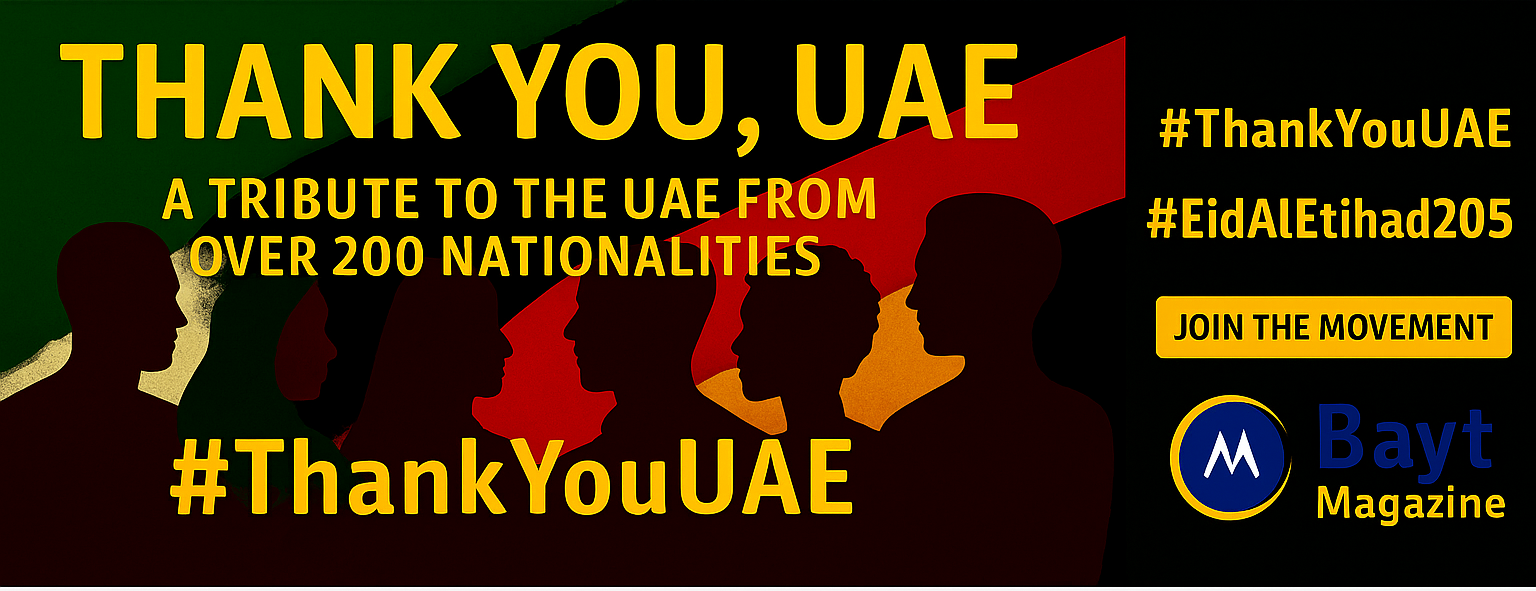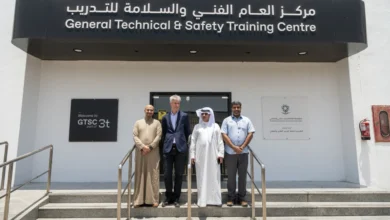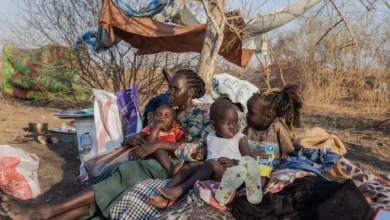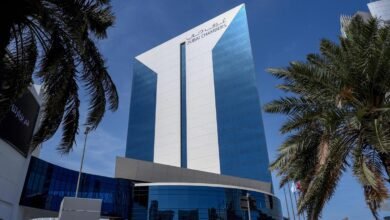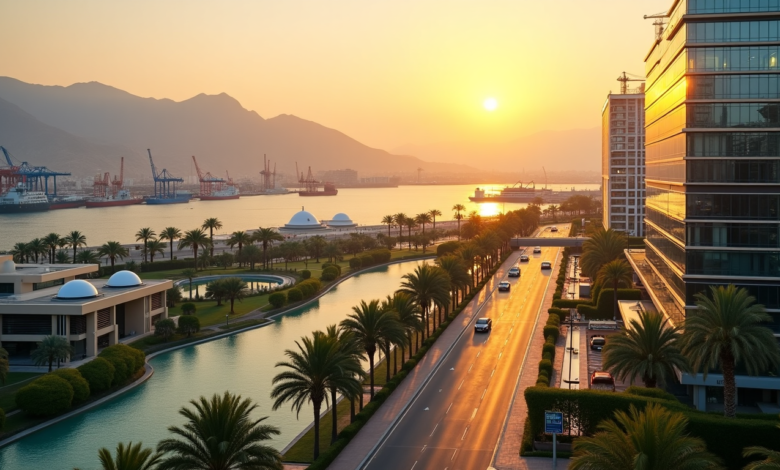
Non-Hydrocarbon Sector Fuels 2.6% Growth in Oman’s Q2 GDP
Oman achieved a most important milestone when its GDP grew by 2.6% in the second quarter of 2024. The sultanate’s economic resilience shines through global challenges. The non-hydrocarbon sector became the main driver of this growth and proved Oman’s successful economic diversification strategy. Oman now stands among the Gulf region’s steadily performing economies because of its core sectors’ robust economic performance.
Oman’s National Center for Statistics and Information has released data that shows remarkable growth in economic sectors of all types. The banking sector’s strong results and targeted economic programs have boosted Oman’s GDP growth rate. These achievements match Oman Vision 2040’s goals to create sustainable economic growth and diversification in the region.
Economic Performance Overview
Oman’s economic landscape showed remarkable resilience during 2024’s second quarter. The nominal GDP reached OMR20,974.5 billion, which represents a 2.6% increase from last year. The non-petroleum activities sector led this growth and registered a resilient 5% increase to OMR14,419.2 billion.
Several key sectors powered the economic expansion:
- Manufacturing sector achieved 9.2% growth in Q1 2024
- Basic chemicals industry grew by 6.4%
- Natural gas activities increased by 4.5% to OMR1,098.0 billion
- Construction sector expanded by 6.2%
The banking sector’s strong performance continued as other depository corporations extended total outstanding credit by 3.3%, reaching RO 31.4 billion. Private sector deposits grew by 11.7% to RO 20.8 billion, which reflects growing confidence in the banking system.
The hydrocarbon sector faced a slight contraction of 1.4%, while crude petroleum activities declined by 2.4% to OMR6,120.3 billion. Public revenue dropped modestly by 2% to RO 6,197 million by Q2-2024’s end. The economy remained stable with inflation at 0.6% year-on-year.
The World Bank sees a bright future ahead for Oman’s economy. They project growth will hit 1.5% in 2024, backed by higher gas production and ongoing economic diversification efforts. This outlook matches the GCC region’s expected growth of 2.8% in 2024.
Non-Hydrocarbon Sector Success
Oman’s economic transformation has found its life-blood in the non-hydrocarbon sector, which shows remarkable growth in industries of all types. The sector grew by a substantial 5% increase in nominal terms and contributed 4.2% to real GDP growth. These numbers prove Oman’s diversification strategy is working well.
The manufacturing sector stands out as a stellar performer with an impressive 16.7% growth in nominal terms. Its GDP contribution reached 10% at constant prices and 10.5% at current prices. Several sectors achieved notable wins:
- Petrochemical and plastics sector soared by 58%
- Simple chemicals industry grew by 6.4%
- Construction sector expanded by 6.2%
- Consumer goods and food sales rose by 13%
Tourism has become vital to Oman’s economic diversification strategy. The sector’s GDP contribution reached OMR 2.8BN in 2023, a jump of 35%. Much of this success comes from the 191,500 people employed nationwide, which shows its power to create jobs.
Vision 2040 reflects the government’s steadfast dedication to economic diversification. The strategy aims to enhance self-sufficiency, draw foreign investments, and optimize public spending. Domestic industries have grown stronger, especially in manufacturing and tourism. This reduces Oman’s dependence on hydrocarbon revenues.
Banking Sector Dynamics
Oman’s banking sector is a vital pillar that supports economic growth, and financial institutions have shown remarkable resilience and strength. Total outstanding credit in the banking sector expanded by 3.4% year-on-year to reach RO31.3 billion. Total deposits achieved an impressive growth of 12.5%.
Several key indicators reflect the sector’s strong performance:
- Private sector deposits reached RO20.7 billion with a 13.9% increase
- Islamic banking financing grew 11% year-on-year
- Conventional banks’ investments in foreign securities rose sharply by 115%
- Islamic banks’ total assets increased by 10.8% year-on-year
The Central Bank of Oman’s latest Financial Stability Report emphasizes the sector’s strong fundamentals. Banks continue to maintain solid earnings, strong capital positions, and sufficient liquidity. The 2023 Credit Conditions Survey reveals rising loan demand in various sectors due to economic growth and consumer confidence.
The banking sector’s strength became evident through successful stress tests using December 2023 data. These tests showed banks could withstand various economic shocks while maintaining the required Capital to Risk-weighted Assets Ratio of 13.5%. The Composite Financial Stability Indicator remained stable throughout 2023, backed by improvements in debt sustainability and banking stability.
Oman’s banking sector maintains a positive outlook despite global challenges from geopolitical tensions and monetary policy tightening. Private sector credit growth stands at approximately 7% year-on-year, making Oman’s growth rate the second-highest in the GCC region.
Oman’s economy showed remarkable strength through Q2 2024. The country’s GDP grew by 2.6% as non-oil activities took center stage, showing less reliance on oil revenues. The manufacturing sector stood out with an impressive 9.2% growth rate. Simple chemicals production also expanded by 6.4%, highlighting the country’s growing industrial strength.
The banking system remains healthy and stable. Credit grew by 3.3% while private sector deposits jumped by 11.7%. Recent stress tests confirm the financial system’s resilience. Tourism has become a major economic driver that generated OMR 2.8 billion and created 191,500 jobs. These numbers prove that Oman’s plan to diversify its economy works well.
Vision 2040 guides Oman’s economic direction through initiatives in manufacturing, tourism, and financial services. The World Bank expects 1.5% growth in 2024. Stable inflation rates and expanding non-oil sectors point to continued economic health. The country moves steadily toward environmentally responsible development goals.


